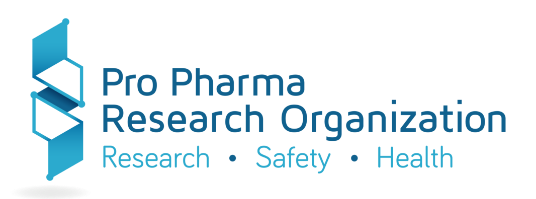
Audit of Pharmacovigilance Department
An audit of a pharmacovigilance (PV) department is a critical exercise to ensure that the department operates in compliance with regulatory requirements and follows best practices for monitoring and managing drug safety. The audit aims to assess the effectiveness of the pharmacovigilance system, identify areas of improvement, and ensure that the company is well-prepared for regulatory inspections.

Objectives of a Pharmacovigilance Audit
1. Compliance Verification: Ensure that the pharmacovigilance activities comply with relevant regulations, guidelines, and internal procedures.
2. System Evaluation: Assess the effectiveness of the pharmacovigilance system and processes.
3. Risk Identification: Identify potential risks and areas of non-compliance that could impact patient safety or regulatory status.
4. Continuous Improvement: Provide recommendations for improving the pharmacovigilance system and enhancing overall compliance.
Key Areas of Focus in a Pharmacovigilance Audit
1. Pharmacovigilance System Master File (PSMF).
- Documentation: Verify that the PSMF is complete, up-to-date, and accurately reflects the pharmacovigilance system.
- Availability: Ensure the PSMF is readily available to regulatory authorities upon request.
2. Qualified Person for Pharmacovigilance (QPPV).
- Qualifications: Assess the qualifications and experience of the QPPV.
- Roles and Responsibilities: Verify that the QPPV’s responsibilities are clearly defined and adequately fulfilled.
- Oversight: Ensure the QPPV has sufficient oversight of the PV system.
3. Adverse Event Reporting.
- Case Management: Review the processes for collecting, assessing, and reporting adverse events.
- Timeliness: Check that adverse events are reported to regulatory authorities within the required timelines.
- Accuracy: Ensure the accuracy and completeness of adverse event reports.
4. Risk Management.
- Risk Management Plans (RMPs): Evaluate the development, implementation, and maintenance of RMPs.
- Risk Minimization Measures: Assess the effectiveness of risk minimization activities and their documentation.
5. Signal Detection and Management.
- Processes: Review the procedures for signal detection, evaluation, and management.
- Documentation: Ensure signals are documented and managed according to regulatory requirements.
6. Periodic Safety Update Reports (PSURs).
- Preparation: Verify that PSURs are prepared and submitted as required.
- Content: Check that the PSURs include all necessary information and comply with regulatory guidelines.
7. Training and Education.
- Training Programs: Assess the adequacy of pharmacovigilance training programs for staff.
- Documentation: Ensure training records are maintained and up-to-date.
8. Audits and Inspections.
- Internal Audits: Review the process for conducting internal pharmacovigilance audits.
- Inspection Readiness: Assess preparedness for regulatory inspections and follow-up on previous audit findings.
9. Quality Management System (QMS).
Standard Operating Procedures (SOPs): Verify the existence and adequacy of SOPs related to pharmacovigilance activities.
CAPA Management: Evaluate the process for implementing corrective and preventive actions.

Conducting the Audit
1. Planning.
- Scope and Objectives: Define the scope and objectives of the audit.
- Audit Plan: Develop a detailed audit plan, including timelines, resources, and audit criteria.
2. Execution.
- Data Collection: Gather relevant documents, records, and reports.
- Interviews: Conduct interviews with key personnel involved in pharmacovigilance activities.
- Observations: Observe pharmacovigilance processes in action.
3. Analysis.
- Data Review: Analyze the collected data to identify compliance gaps and areas for improvement.
- Root Cause Analysis: Identify the root causes of any identified issues.
4. Reporting.
- Audit Report: Prepare a detailed audit report summarizing findings, conclusions, and recommendations.
- Feedback: Provide feedback to the pharmacovigilance team and discuss the audit findings.
5. Follow-Up.
- Action Plan: Develop an action plan to address the audit findings.
- Implementation: Ensure timely implementation of corrective and preventive actions.
- Re-Audit: Schedule follow-up audits to verify the effectiveness of implemented actions.

Conclusion
Regular audits of the pharmacovigilance department are essential to ensure compliance with regulatory requirements and to enhance the effectiveness of the pharmacovigilance system. By systematically evaluating and improving pharmacovigilance practices, companies can better safeguard patient safety and maintain regulatory compliance.
At Pro Pharma Research Organization we offer a wide range of Pharmacovigilance and Case Processing services such as Adverse Event Monitoring, Signal Detection and Evaluation, Risk Assessment, among others, we also have Regulatory Affairs services, within which They find fast, innovative and accelerated approvals, Design and compliance of Clinical Trials, Regulatory Submissions, among others. Contact us to access more information.
Publication date: May 2024
Author: Pro Pharma Research Organization Team










